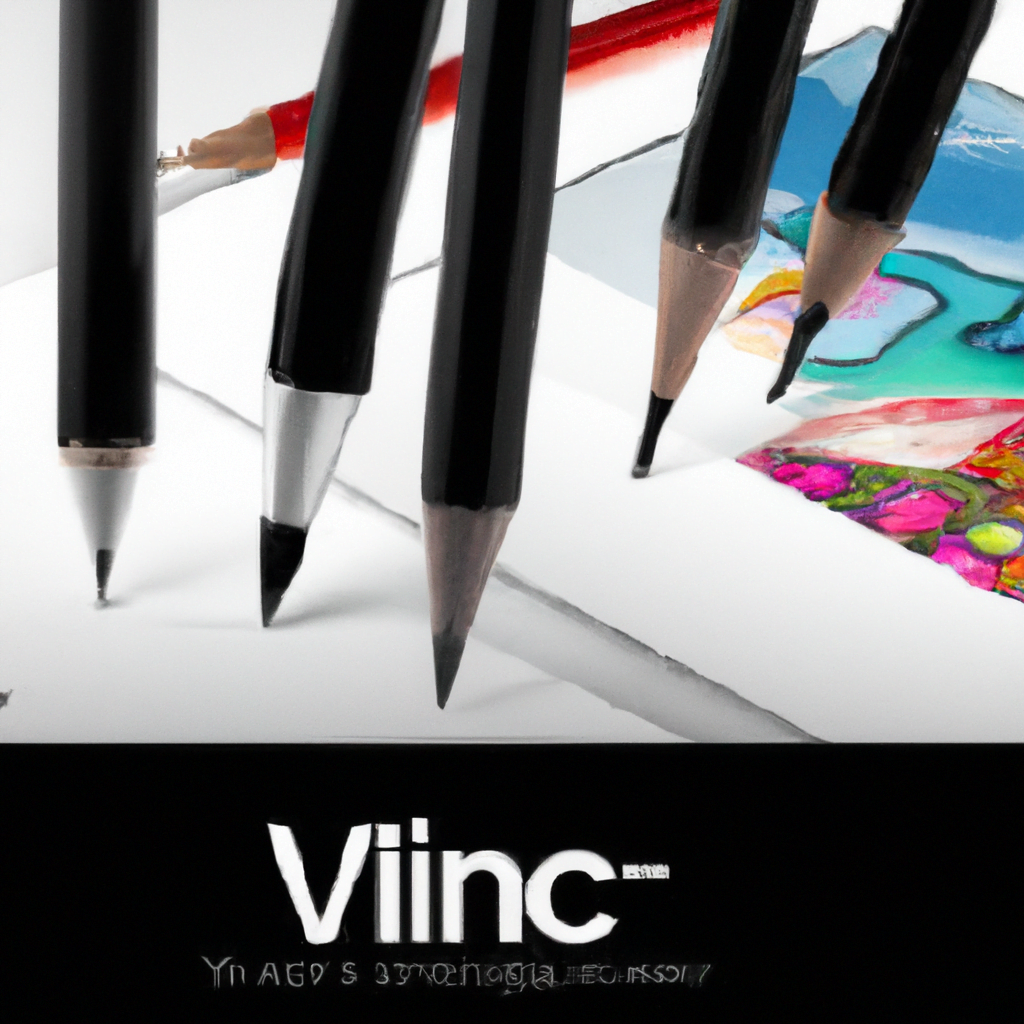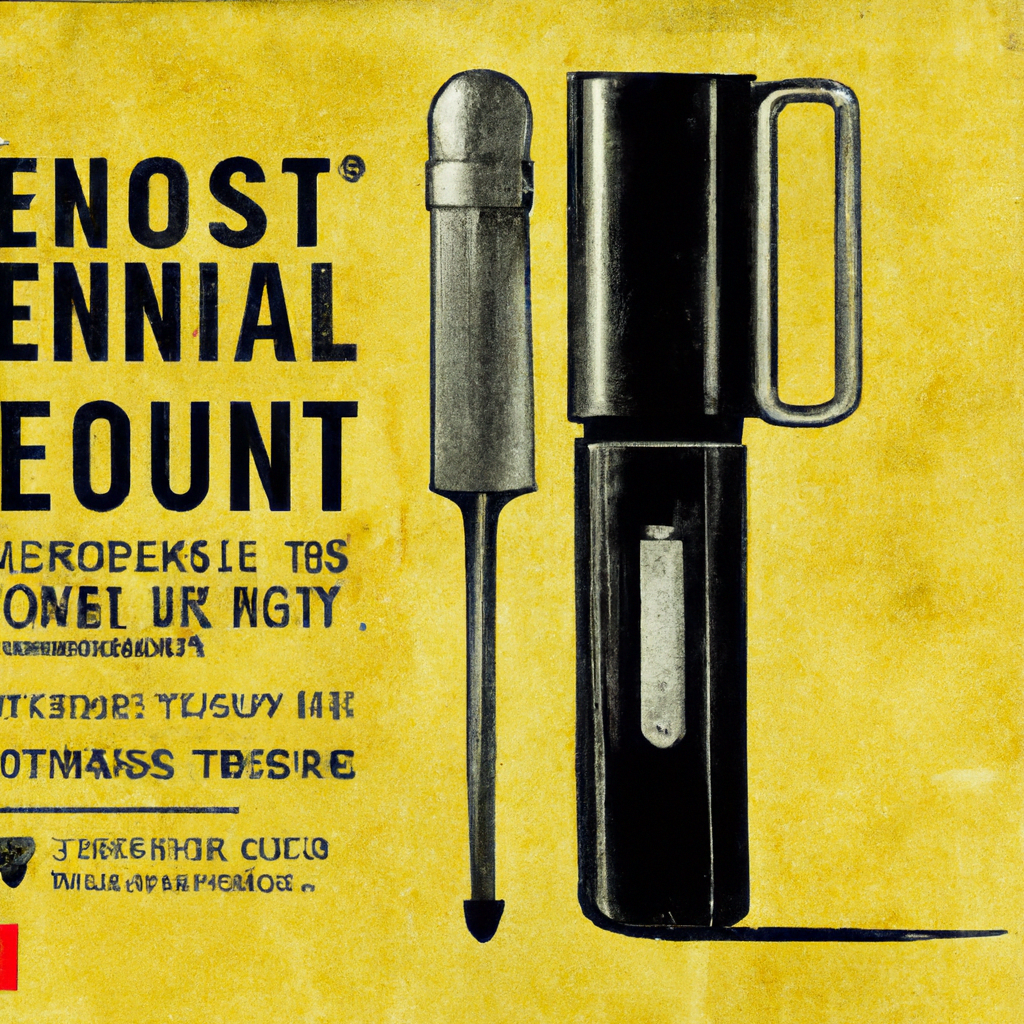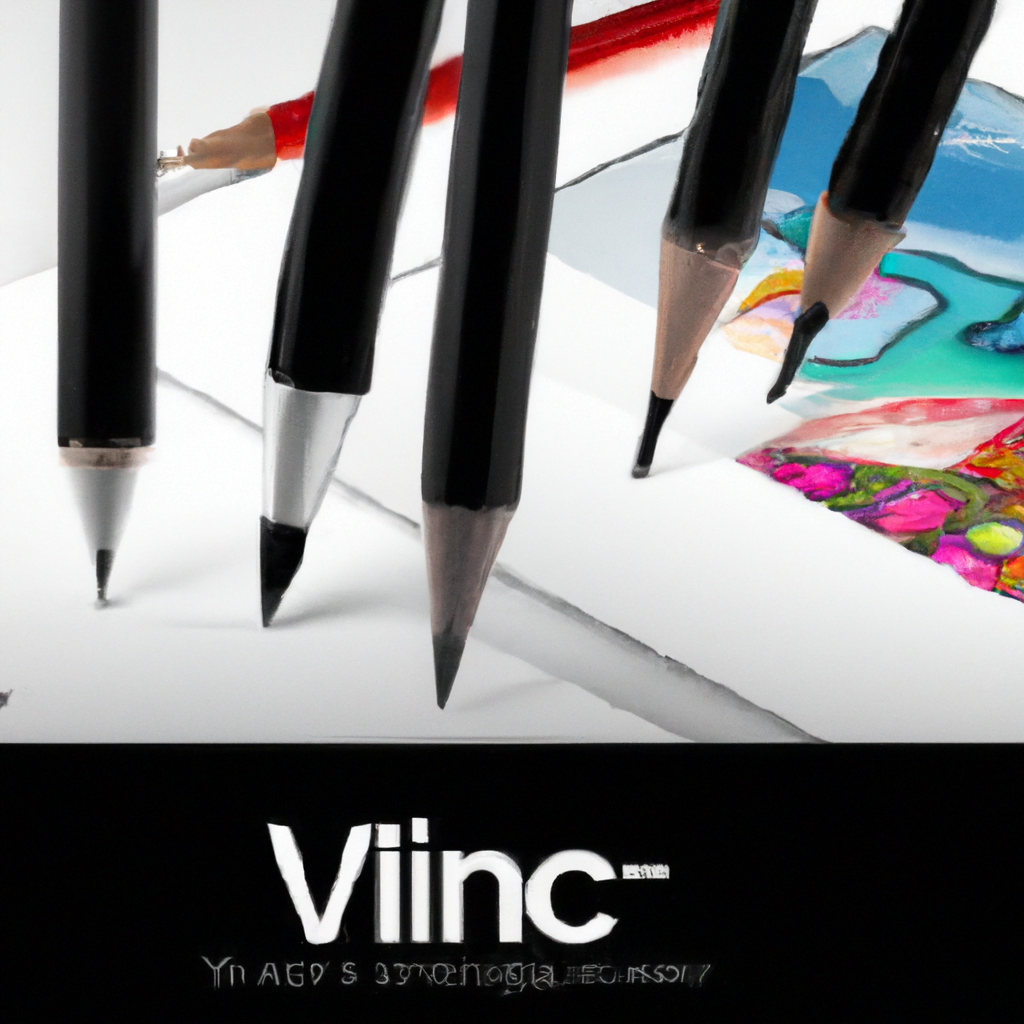Illustration is a captivating form of art that goes beyond basic sketching, creating visual narratives that truly come to life. It requires a range of techniques, tools, and principles to transform simple drawings into meaningful and detailed illustrations. From understanding light and shadow to mastering anatomy and color theory, illustrators possess a unique skill set that allows them to convey messages and evoke emotions through their artwork. This article explores the top 10 essential tools that every illustrator should have, discussing the importance of continuous learning, the influence of cultural and historical contexts, and the ever-evolving trends in the world of art and design. Whether you’re a seasoned illustrator or just starting out, these tools will help you take your artwork to the next level and engage with your audience in new and exciting ways.

Drawing Tools
Pencils
Pencils are a fundamental tool for any illustrator. They come in different grades, ranging from hard (H) to soft (B), with HB being the middle ground. The hardness of the pencil determines the darkness and thickness of the lines you can create. Pencils are versatile and can be used for sketching, shading, and creating detailed illustrations.
Erasers
Erasers are essential for any illustrator. They allow you to correct mistakes and make changes to your artwork without damaging the paper. There are different types of erasers available, including kneaded erasers for lifting graphite and soft erasers for detailed erasing. It’s important to have a variety of erasers to suit different drawing techniques and styles.
Charcoal
Charcoal is a popular drawing tool known for its rich black tones and expressive quality. It’s great for creating dramatic and bold illustrations. Charcoal sticks and pencils are used to create rough sketches, shading, and adding texture to your drawings. A fixative spray is often used with charcoal to prevent smudging.
Ink Pens
Ink pens are indispensable for creating fine lines and adding intricate details to your illustrations. They come in a variety of sizes and types, such as fountain pens, technical pens, and brush pens. Ink pens are great for inking, outlining, and adding precise details to your artwork. They are also commonly used for illustration styles like comics and manga.
Painting Tools
Watercolor Paints
Watercolor paints are a versatile medium for illustrators. They come in pans or tubes and can be mixed with water to create beautiful washes and transparent layers. Watercolors are known for their vibrant colors and fluidity, making them ideal for creating expressive and dreamy illustrations. They can be used on various types of paper, including watercolor paper and heavyweight drawing paper.
Acrylic Paints
Acrylic paints are known for their fast-drying properties and versatility. They are water-based paints that can be thinned with water or used in their concentrated form. Acrylics can be used on a wide range of surfaces, including canvas, paper, wood, and even fabric. They are great for creating vibrant and textured illustrations with bold colors and different techniques like layering and glazing.
Oil Paints
Oil paints are a traditional medium that offers rich, vibrant colors and a smooth, buttery texture. They have a slower drying time compared to acrylics, allowing for more flexibility and blending. Oil paints are great for creating highly detailed and realistic illustrations. They can be used on canvas, wood, and high-quality paper.
Digital Tools
Graphic Tablet
A graphic tablet, also known as a drawing tablet or pen tablet, is a digital tool that allows you to draw directly on the screen using a stylus or pen. It offers precision, control, and the ability to create digital illustrations with ease. Graphic tablets come in different sizes and are compatible with various digital software.
Digital Software
Digital software, such as Adobe Photoshop and Illustrator, is essential for digital illustration. These programs provide a wide range of tools and features that allow you to create and manipulate artwork digitally. Digital software offers endless possibilities for editing, coloring, and enhancing illustrations. It also allows for easy integration with other digital tools and platforms.

Coloring Tools
Colored Pencils
Colored pencils are a versatile tool for adding color to your illustrations. They come in a wide range of colors and are great for creating detailed and textured artwork. Colored pencils can be blended, layered, and mixed to achieve different effects and shades. They are portable and convenient, making them a favorite tool for illustrators on the go.
Markers
Markers are vibrant and fast-drying tools that provide bold and consistent colors. They are great for creating dynamic and vivid illustrations. Markers come in different types, such as alcohol-based markers and water-based markers. They can be used for coloring, shading, and creating gradient effects. Markers are commonly used in illustration styles like comic books and character design.
Paper and Sketchbooks
Quality Drawing Paper
Quality drawing paper is essential for creating detailed and long-lasting illustrations. It should be heavyweight and have a smooth surface to prevent smudging and allow for clean lines. Drawing paper comes in different finishes, such as smooth, textured, and vellum. It’s important to choose paper that suits your drawing style and preferred medium.
Sketchbooks
Sketchbooks are the perfect companion for capturing ideas, rough sketches, and practicing your drawing skills. They come in various sizes and bindings to suit different preferences. Sketchbooks provide a space for experimentation and exploration without the pressure of producing a finished illustration. They are portable and allow you to draw on the go.
Rulers and Measuring Tools
T-Square
A T-square is a useful tool for creating straight and accurate lines in your illustrations. It consists of a long ruler with a perpendicular handle, forming a T-shape. T-squares are commonly used in technical and architectural illustrations. They provide stability and precision when working on large or complex drawings.
Compass
A compass is a fundamental tool for creating circles and curves in your illustrations. It consists of two legs joined by a hinge, with one leg holding a pencil or pen. Compasses are used for creating precise shapes, arcs, and circles. They are helpful for creating symmetrical and geometric illustrations.
Cutting and Shaping Tools
Scalpel
A scalpel, also known as a craft knife, is a sharp cutting tool used for precision cutting in your illustrations. It’s great for creating clean edges, intricate details, and removing unwanted parts of your artwork. Scalpels have replaceable blades for easy maintenance and come with different blade shapes for various cutting techniques.
Cutting Mats
Cutting mats are used to protect your work surface when using cutting tools like scalpels or craft knives. They are usually made of self-healing material, which means the mat closes up when cut, preventing any permanent damage. Cutting mats have gridlines and measurements for accurate cutting and shaping of your illustrations.
Reference Materials
Books on Anatomy
Books on anatomy are essential for illustrators, especially those interested in character design. They provide valuable knowledge and references for understanding the human body’s proportions, muscles, and bone structure. Anatomy books help artists create more realistic and accurate illustrations, whether it’s for depicting human figures or fantastical creatures.
Photographic References
Photographic references are valuable resources for illustrators. They provide visual references for capturing the details and realistic qualities of various subjects. Photographs can be used for reference in terms of lighting, textures, and poses. They help bring a sense of realism to illustrations and provide inspiration for composition and visual storytelling.
Storage and Organization
Art Supply Case
An art supply case is essential for storing and organizing your drawing tools. It keeps your tools protected and easily accessible. Art supply cases come in various sizes and designs, with compartments and pockets for organizing different tools. They are portable, making it convenient to carry your essential drawing tools wherever you go.
Storage Bins
Storage bins are useful for organizing and keeping your art supplies in order. They come in different sizes and shapes, with dividers and compartments for separating tools and materials. Storage bins help create a tidy and efficient workspace, ensuring that your drawing tools are easily accessible whenever you need them.
Lighting Tools
Desk Lamp
A desk lamp is an important tool for any illustrator. It provides adequate lighting for your workspace, ensuring that you can see your artwork clearly. Desk lamps come in different styles, with adjustable arms and brightness settings. It’s crucial to have good lighting to accurately see colors and details in your illustrations.
Lightbox
A lightbox is a handy tool for tracing or transferring sketches and drawings. It consists of a flat surface with a backlight that illuminates your artwork from below. Lightboxes are great for creating clean and precise line work, especially when working on complex illustrations or making revisions. They are commonly used for comic book illustrations and animation.
In conclusion, these top 10 essential tools are crucial for any illustrator seeking to bring their drawings to life. From traditional tools like pencils and paints to digital tablets and software, each tool serves a specific purpose and allows illustrators to explore different techniques and styles. Whether you prefer the traditional feel of paper and pencil or the convenience of digital tools, having these essential tools at your disposal will enhance your artistic process and help you create stunning and impactful illustrations. So, gather your tools and embark on your journey as an illustrator, unlocking a world of creativity and storytelling through visual art.

